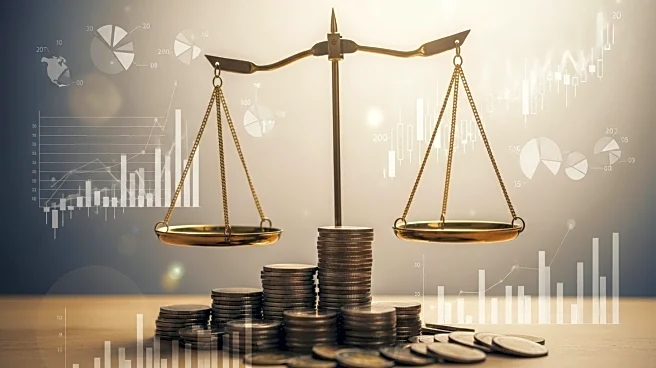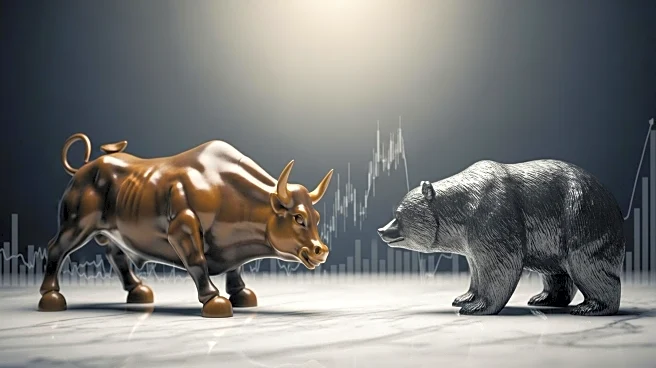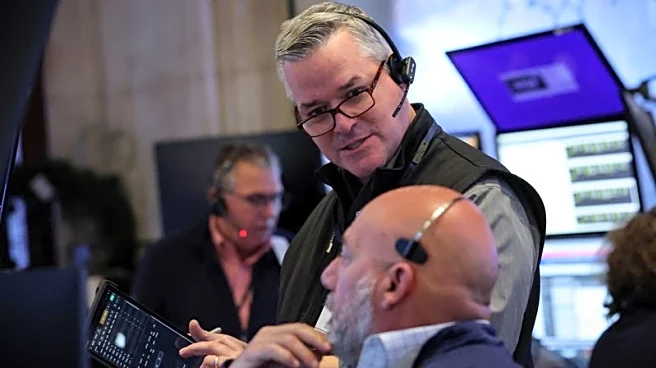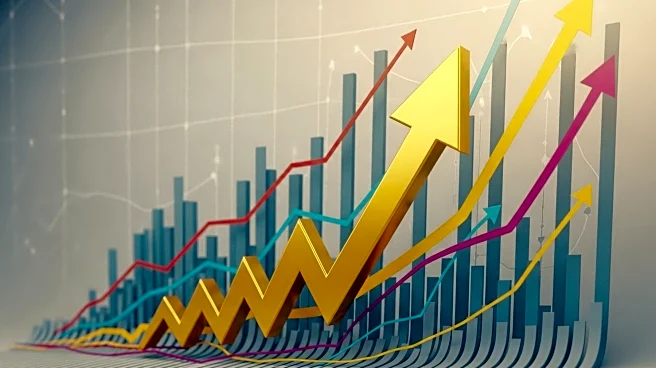What's Happening?
The U.S. Federal Reserve's preferred inflation measure, the Personal Consumption Expenditures (PCE) price index, rose to 2.7% in August, up from 2.6% in July. This increase comes as tariffs imposed by President Trump begin to affect the economy. Despite the inflation rise, personal spending also increased by 0.6% in August, indicating resilience in consumer consumption. The PCE index, excluding food and energy, remained steady at 2.9%. The Fed faces challenges in balancing inflation control with maintaining labor market health, as recent rate cuts aim to support economic activity amid employment weaknesses.
Why It's Important?
The rise in the PCE index above the Fed's 2% target adds pressure on the central bank to manage inflation while supporting economic growth. The tariffs have started to impact costs, with businesses facing higher expenses, although they have not fully passed these onto consumers. The Fed's rate cuts are intended to stimulate the economy, but the ongoing trade tensions and tariff impacts complicate inflation forecasts. The resilience in consumer spending is crucial for economic stability, but the underlying factors driving this spending, such as stock market performance, remain uncertain.
What's Next?
Further price pressures are expected as new tariffs on various goods, including trucks and pharmaceuticals, are set to take effect. The Fed will continue to monitor inflation and employment data, adjusting interest rates as needed. The full impact of tariffs on consumer prices and spending patterns will become clearer in the coming months, potentially influencing future economic policy decisions.
Beyond the Headlines
The ongoing trade policies and tariffs highlight the complexities of global economic interactions and their domestic impacts. Businesses may need to adapt their strategies to mitigate tariff effects, potentially leading to shifts in manufacturing and supply chain decisions. The economic disparities between different income groups may also become more pronounced as inflation affects purchasing power.












